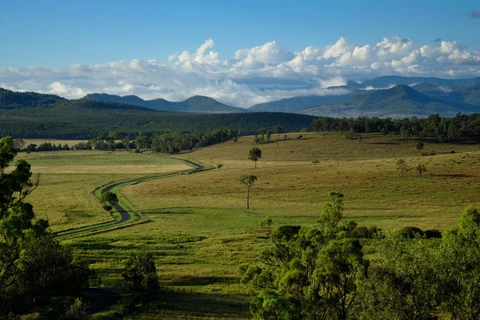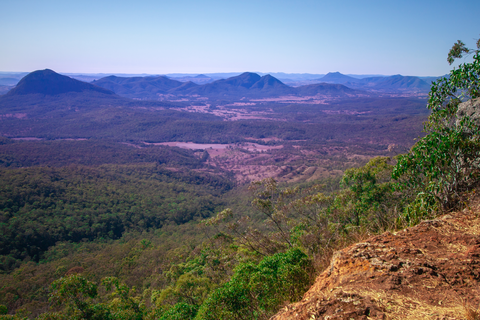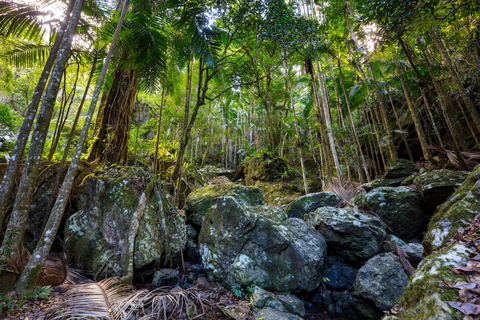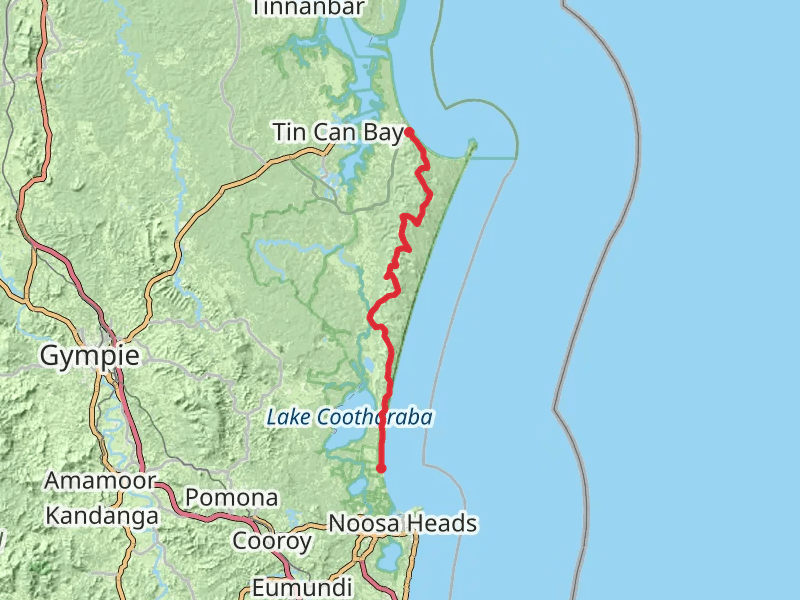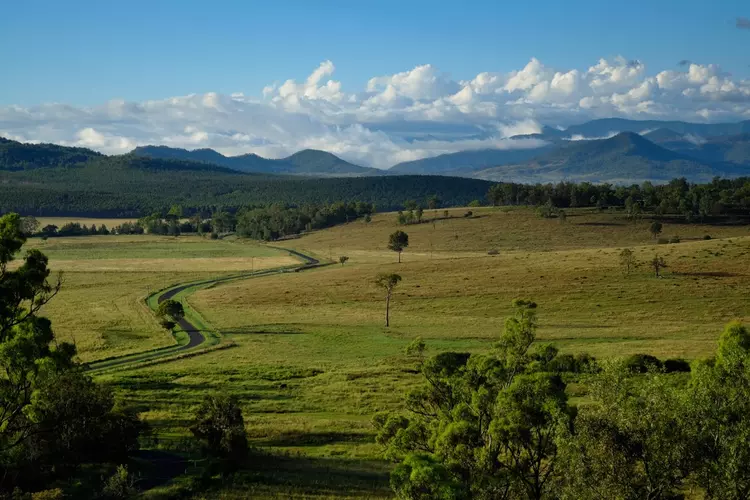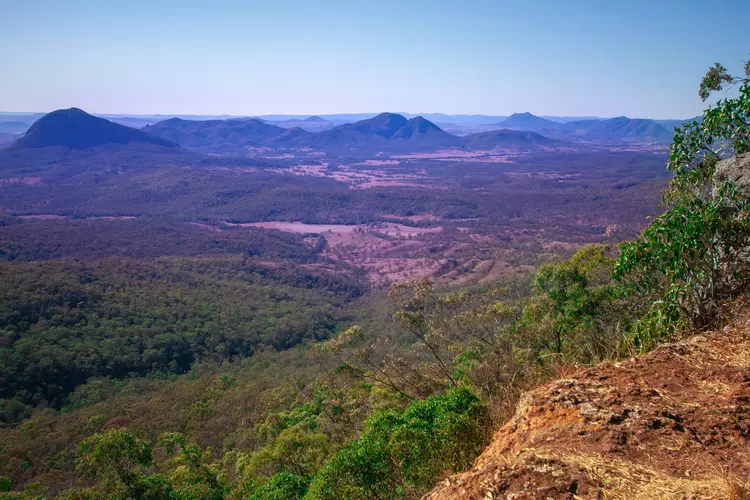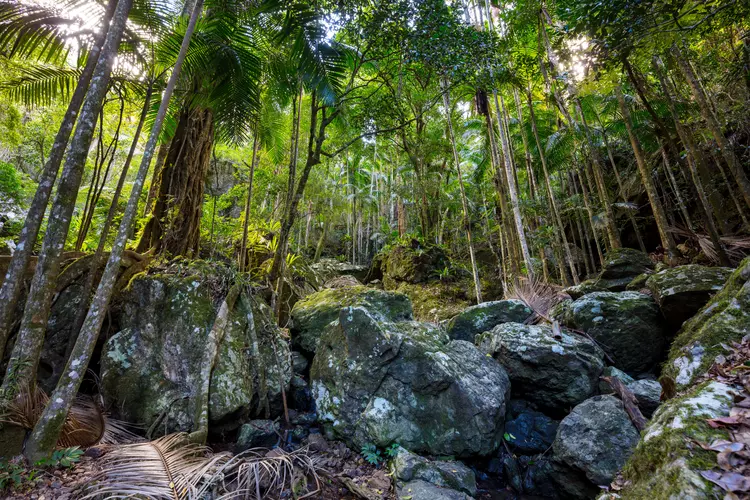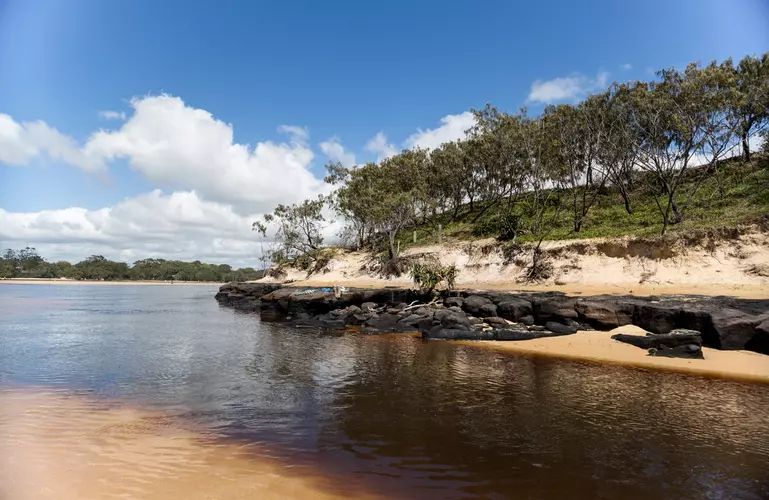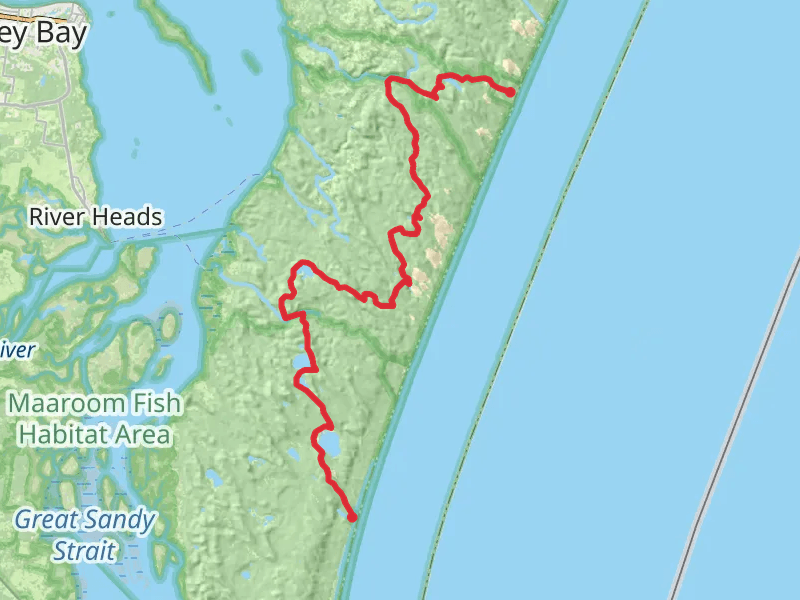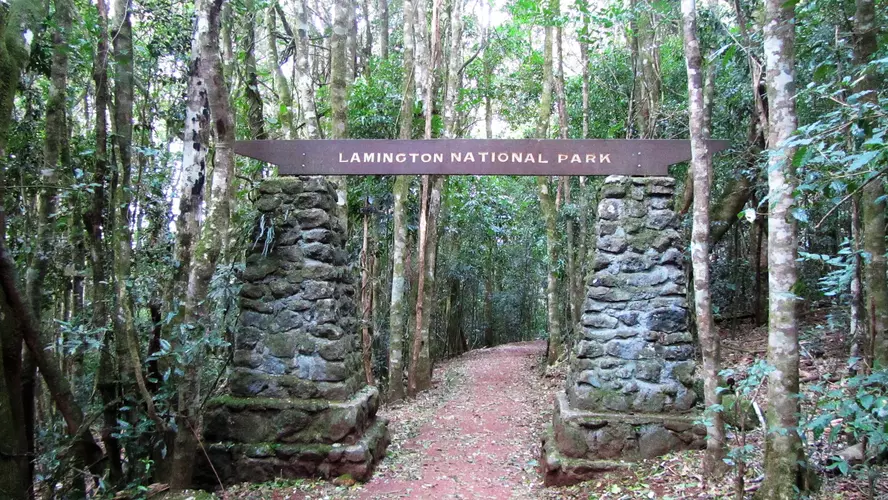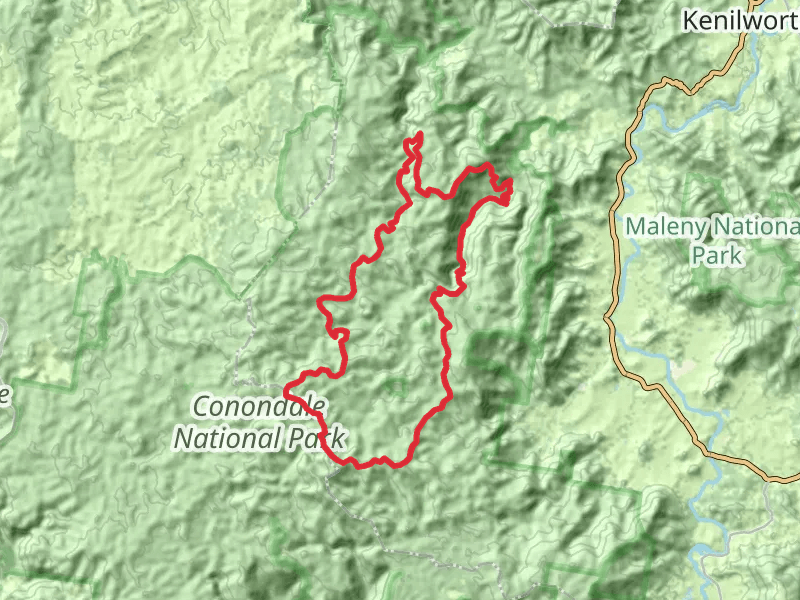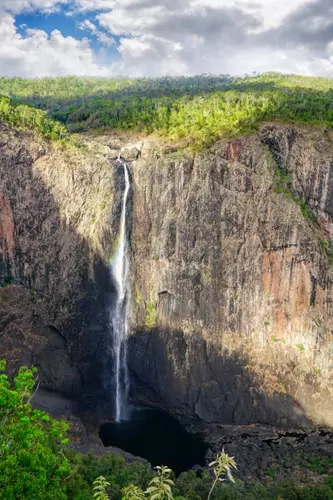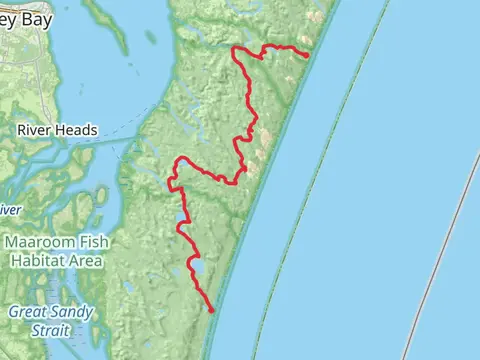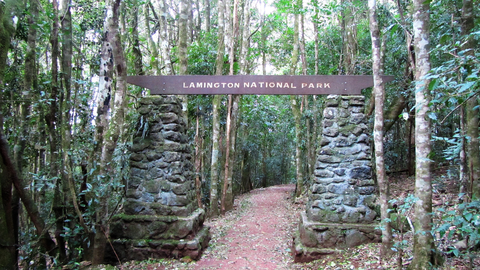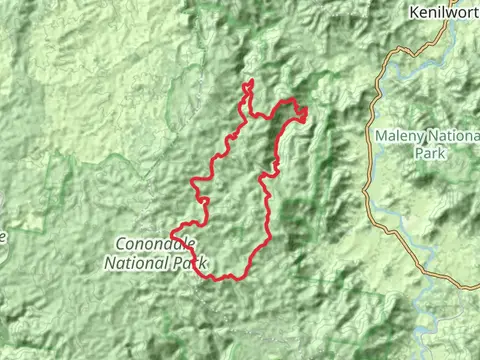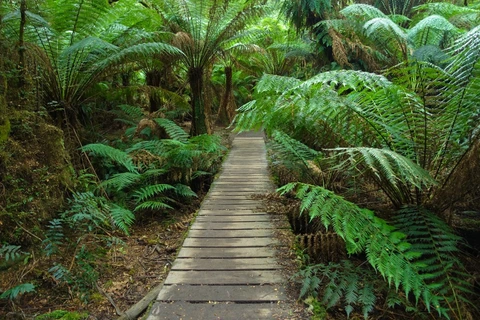"Queensland offers breathtaking hikes through ancient rainforests, rugged mountains, and stunning coastal paths."
Embark on an unforgettable adventure in Queensland, where lush rainforests, rugged mountains, and pristine beaches await. Traverse the ancient paths of the Daintree, the world's oldest rainforest, and marvel at its vibrant biodiversity. Challenge yourself on the trails of the Glass House Mountains, offering panoramic views that will take your breath away. Discover hidden waterfalls in the Gold Coast Hinterland or stroll along the stunning coastal paths of the Whitsundays. Queensland's diverse landscapes promise a hiking experience like no other.
Most popular hikes
FAQs about hiking in Queensland

The most amiable time for hiking in Queensland is from April to October during the autumn, winter, and spring months. The climate during these periods is cooler and less humid, and there is a reduced likelihood of encountering heavy rains or thunderstorms, providing a safer and more comfortable environment for hiking activities.
However, it's essential to note that even during these periods, weather conditions can change rapidly. Therefore, hikers are encouraged to check the weather forecast and local advice before setting out. Queensland's Bureau of Meteorology (http://www.bom.gov.au/qld/) is an excellent resource for the most up-to-date weather information.







